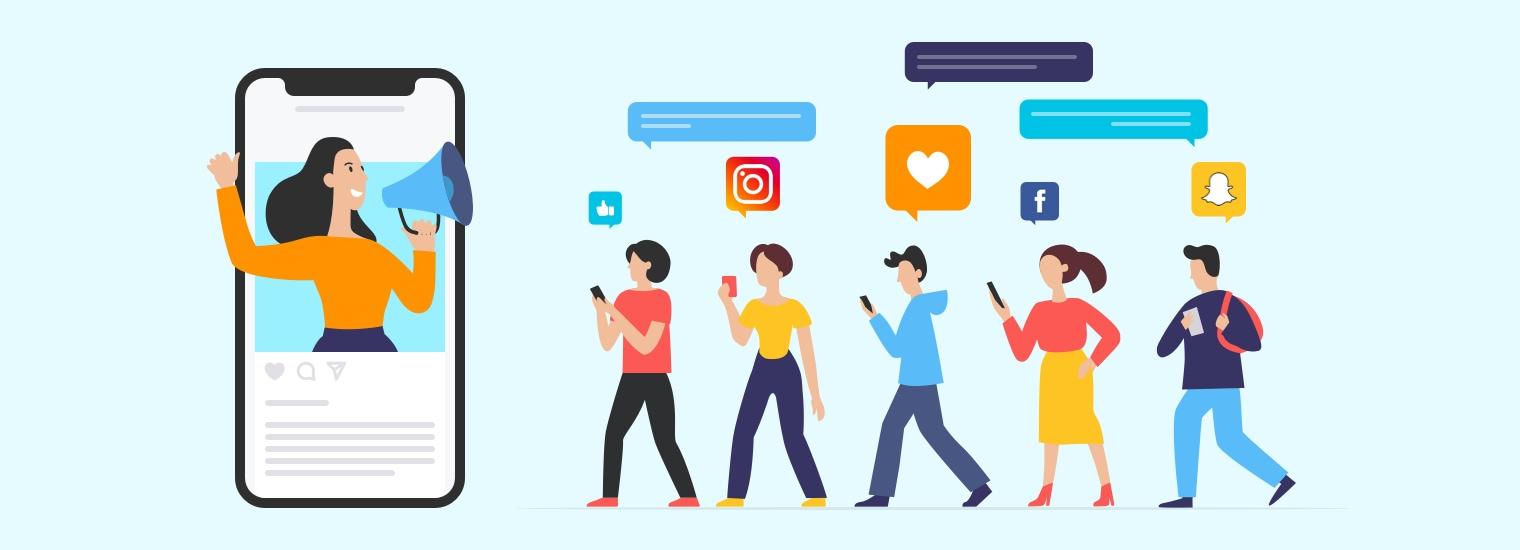
How to Manage Influencer Marketing Internally
In the ever-evolving landscape of digital marketing, influencer marketing has emerged as a powerful tool for brands to connect with their audiences. As more companies recognize the value of influencer collaborations, understanding how to manage these relationships internally is essential. This guide will explore practical tips, benefits, strategies, and more on how to successfully handle influencer marketing within your organization.
The Importance of Influencer Marketing
Before diving into management strategies, it’s importent to grasp why influencer marketing is vital for brands:
- Increased Brand Awareness: Collaborating with influencers can introduce your brand to new audiences.
- Enhanced Credibility: Influencers have built trust with their followers, making their endorsements more impactful.
- Higher Engagement Rates: Influencers often achieve higher engagement than conventional ads, leading to better conversion rates.
How to Manage Influencer Marketing Internally
Managing influencer marketing internally involves several key steps to ensure prosperous collaborations and ROI. Below are essential strategies:
1. Define Your Objectives
Identifying your marketing goals is the first step in effectively managing influencer marketing. consider the following:
- Brand awareness increase
- Traffic generation to your website
- Boosting sales and conversions
2. Identify Your target Audience
Understanding your target audience helps in selecting the right influencers. Conduct market research to determine demographics such as:
- Age
- Gender
- Interests and behavior
3. Select the Right influencers
Selecting influencers who align with your brand values is crucial. Consider the following factors:
- Relevance: Ensure the influencer’s niche aligns with your product or service.
- Engagement Rate: Evaluate their follower engagement rather than just their follower count.
- Authenticity: Choose influencers whose style resonates with your brand’s identity.
4. Develop a Comprehensive Strategy
Once you have your objectives and influencers, strategize on how to proceed:
- Content Guidelines: Provide influencers with brand guidelines to maintain consistency.
- Campaign Timeline: Establish a clear timeline for deliverables, including content review and posting times.
- Performance Metrics: Determine how you’ll measure the success of the collaborations.
5.Streamline Communication
Effective communication is key to managing influencer relations.make use of the following tools:
- Email for formal communication
- Messaging apps for quick updates
- Collaborative platforms like Asana or Trello to track project progress
6. Monitor Campaign Performance
Regularly track and analyze influencer marketing performance with tools such as:
- Sprout Social
- Hootsuite
- buzzsumo for content engagement
benefits of Internal Influencer Marketing Management
Managing influencer marketing campaigns internally offers numerous advantages:
- Cost Savings: Reduces agency fees and allows for a more budget-friendly approach.
- Better Control: Provides greater oversight of campaigns and messaging.
- Faster Decision-Making: promotes quicker responses to influencer inquiries and campaign adjustments.
Practical Tips for Managing Influencer Marketing
Here are some practical tips to enhance your internal influencer marketing efforts:
- Build Strong Relationships: Engage with influencers beyond just business; build genuine connections.
- Leverage User-Generated Content: Encourage influencers to create authentic content to share with their audiences.
- Stay Organized: Maintain a content calendar to keep track of release dates and influencer commitments.
Case Studies: Successful Internal Management of Influencer Marketing
| Brand | Influencer | Objective | Outcome |
|---|---|---|---|
| Fitness Brand X | Influencer A | Brand Awareness | 300% Social Media Engagement Increase |
| Beauty Brand Y | Influencer B | Product Launch | 20% Increase in Sales |
First-Hand experience: Influencer Marketing Internally
Having implemented influencer marketing within my own team, I learned valuable lessons:
- Testing Engagement: We tested various influencer partnerships and discovered niche influencers frequently enough yield better engagement than big names.
- Feedback Loop: Establishing a feedback loop with influencers helped us refine our messaging and content strategy.
Conclusion
Managing influencer marketing internally can be a game changer for brands looking to leverage influencer collaborations effectively. By defining clear objectives,selecting the right partners,maintaining open communication,and monitoring performance,organizations can cultivate fruitful relationships with influencers. As the industry continues to grow, adapting internal processes for influencer marketing will become increasingly crucial for achieving marketing success.